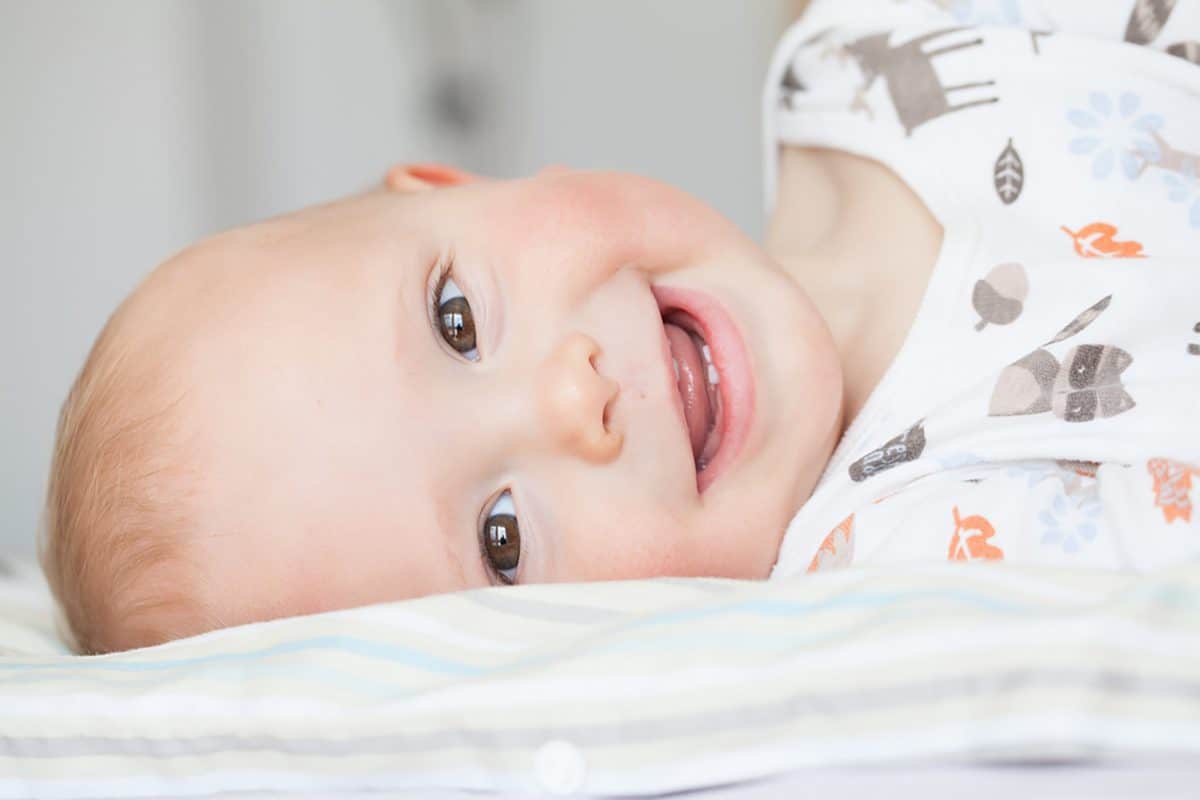The surgical repair of birth defects has advanced, specifically when it comes to addressing cleft lip and cleft palate. When your baby’s lip or mouth does not form properly, it can leave a lot of room for confusion.
In this article, we will discuss seven facts related to cleft lip and cleft palate that will likely surprise you.
The majority of children will live perfectly normal lives
If your child is born with a cleft lip, it is essential to know that babies are perfectly fine in most cases. They will grow and develop normally and can accomplish amazing things. If you hear the diagnosis, do not be scared. Be sure to consult with a team of doctors, including an orthodontist in NE Calgary. They will work together to treat the issues that your child may deal with over the years. The possibility for exceptional surgical results is high.
Having a cleft lip and/or palate is not uncommon
Do you know that cleft lip and cleft palate occur in one in seven births in North America? The most common birth deformity of the head and facial bones is a cleft lip or cleft palate.
Gender plays a role
The gender of a baby affects their odds of being born with a cleft lip or cleft palate. Males are twice as likely to be born with a cleft lip or cleft palate than females.
A doctor typically identifies a cleft lip before your baby is born
During pregnancy, a cleft lip is very regularly detected. The detection of a cleft lip can help parents prepare and plan for the future. With that said, if a baby has a cleft palate, diagnosing it during the prenatal ultrasound is more difficult. Only 7% percent of cases of isolated cleft palate are diagnosed prenatally.
Race and ethnicity play a factor
The ethnicity or race of a child affects their risk of cleft lip and cleft palate. African-American babies have the lowest chance of being born with a cleft lip. They have a 1 in 2000 chance. For Caucasian children, the likelihood of being born with a cleft lip or cleft palate is 1 in 750. Children who belong to Asian descent have a 1 in 500 chance of having a cleft lip or cleft palate.
Cleft lip and cleft palate co-occur in half of all cases
When a child has a cleft lip, there is a separation between the two sides of their upper lip – this creates a narrow opening or gap. Children with a cleft palate will have a similar type of gap that occurs in the roof of their mouth (the palate). The occurrence of a cleft lip and cleft palate is twice as often as a cleft lip alone.
Children born today with a cleft palate will often have hardly noticeable scars
A baby with a cleft lip may only need one or two surgeries to repair their mouth. Oftentimes, surgery will begin around the age of three months.
A doctor will repair a cleft palate around the age of one. According to research, treatments have improved over the years. Repairs and techniques have been refined, and children who are born with cleft lips will have faint scars now. It is crucial for families, to recognize these advances and improvements when a child requires surgery for their cleft lip or cleft palate.

